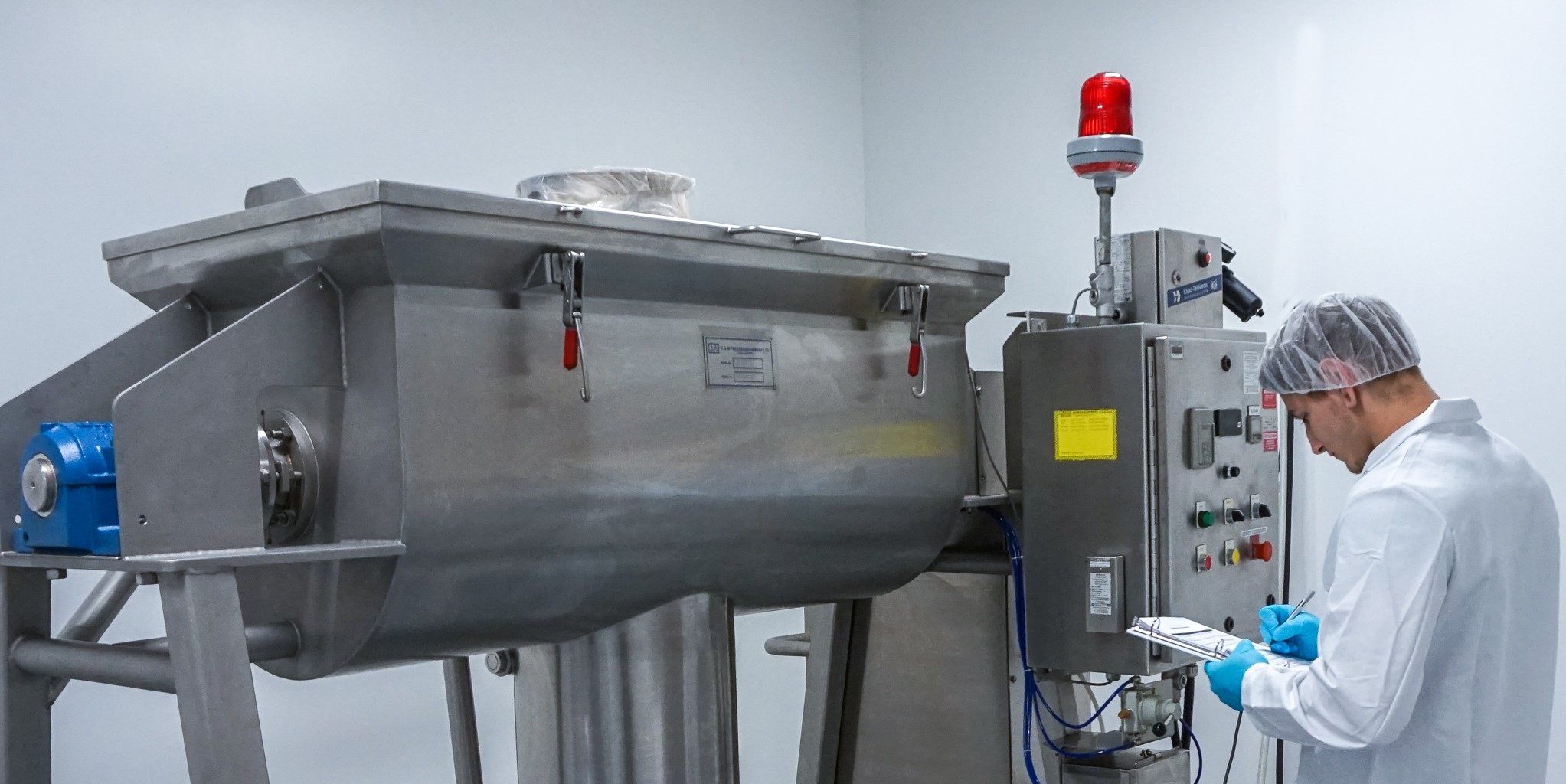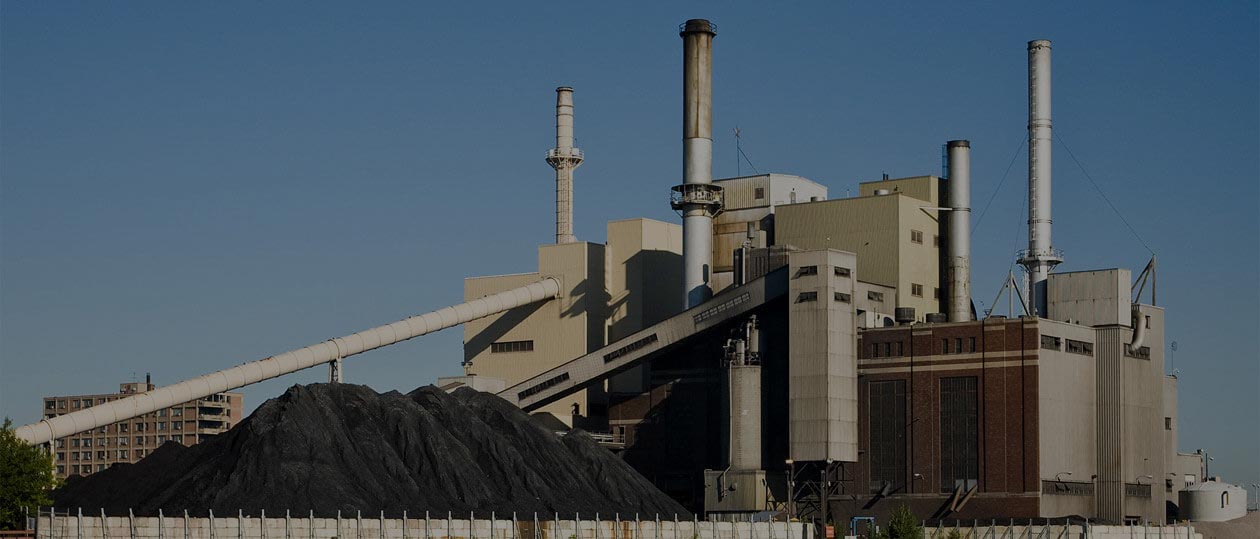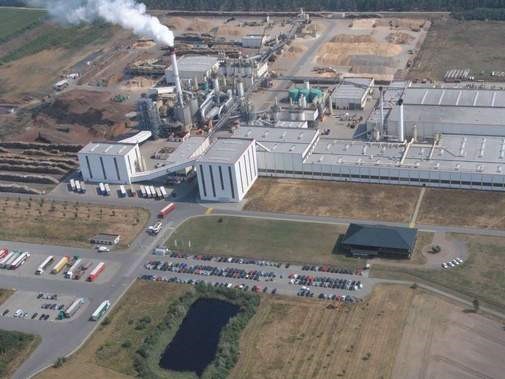Search
The Delayed Dust Explosion

February 2020
When something serious goes wrong on powder handling plant, how long do I have to get out before a dust explosion develops?
I think we all know that individual dust explosions last for a matter of seconds. Once ignition has started, a flame front grows from the ignition source with the generated heat developing pressure waves which travel ahead of the flame front – at the speed of sound. Devastation will follow unless proper explosion protection and isolation measures are in place. Of course, combustible dust explosions can be multiple explosion affairs, where a primary explosion raises dust that leads to a secondary explosion and so on; and in extreme conditions (for example in a pipe system) it is even possible for the deflagration to develop into a detonating dust explosion, usually with more extreme consequences. In most cases it is clear that there is often very little time available to evacuate a facility.
So, you will be surprised to hear that in Belgium last year, a combustible dust explosion occurred that led to one fatality and 3 serious injuries; the explosion took place one day after the incident began. How can this be – and surely a day is enough time to evacuate a factory…….
The problem began on a Thursday back in January last year when a fire was reported in a silo at a factory making wooden windows, gates and doors. (ref. de Standard) https://www.standaard.be/cnt/dmf20190125_04130842 (ref belgischeradiounie.net)
https://www.belgischeradiounie.net/2019/01/stofexplosie-bij-firma-pouleyn-in-anzegem-eist-zware-tol/.
The fire service was called to the facility. The next day, at around 8:00am employees of a contract cleaning company opened a hatch in the silo. According to reports, an explosion occurred at this point and the four contractors sustained their injuries.
The account of events is consistent with known phenomenon associated with combustible wood dust and oxygen depleted atmospheres. Like many organic materials, wood dust can smolder for long periods with the combustion products creating a depleted oxygen gas atmosphere above the smoldering dust. It is only when oxygen is introduced that enhanced fire and even explosion becomes possible. Indeed, a sudden in-rush of air can even help raise partially combusted dust into the air to create an explosible atmosphere of dispersed dust and air, with the still smoldering dust providing an ignition source. The fire triangle of air, fuel, and ignition source is complete.
We have reported previously on material self-heating phenomenon in powders which could also be relevant to this incident ref https://stonehousesafety.com/powder-thermal-instability-self-heating-in-spray-dryers/
The time to evacuate a facility at risk of dust explosion is, of course, generally very short. Smoldering materials, however, have to be watched for. Indeed, some facilities will install carbon monoxide detectors to check for the presence of smolding in process plant – the dairy industry uses such in spray drying of milk. However, once smoldering is detected the courses of action taken, be they water flooding or simply waiting for the combustion to run its course must never introduce air or encourage powder dispersion. As we have seen, if this happens the consequences can be very serious indeed.
For more information on dust explosions, combustible dust, or for a complimentary discussion with one of our dust explosion experts, please visit the dust explosion prevention and mitigation pages of our website, emailed us at [email protected] or give us a call on 609-455-0001.

Get in touch
To learn more about our expertise and services in dust explosion prevention & mitigation, call us at +1 609 455 0001 or email us at [email protected] today.
We also offer tailored virtual and in-company process safety training programs on Dust Explosions, Static Electricity and HAC (Hazardous Area Classification) and more. Find further information here.
We use cookies to help us enhance your experience on our website. By clicking “Accept,” you consent to our use of cookies. Read our Privacy Policy for more.











